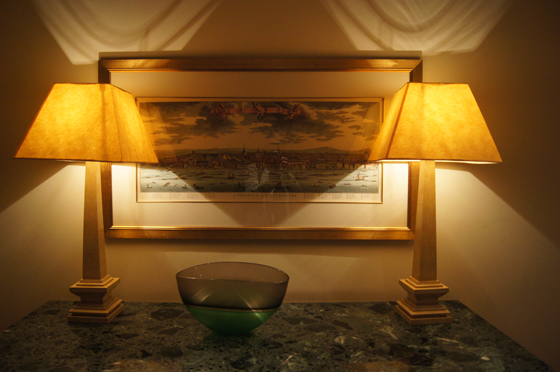This article is more than 1 year old
Other stories you might like
Hackers mod a Sony PlayStation Portal to run PSP games
Modders claim GTA: Liberty City Stories and Tekken 6 are running 'very smoothly'
Personal Tech20 Feb 2024 | 10
Sony, Honda tease EV that aims to be a lounge on wheels
Video 'Afeela' packs Qualcomm kit, screens galore, runs Android and will have an app ecosystem
Personal Tech18 Oct 2023 | 37
Microsoft promises to keep Call of Duty on PlayStation for next decade. Sony believes it
Redmond one step closer to $69B Activision Blizzard merger
Personal Tech17 Jul 2023 | 34
A different view from the edge
How Dell NativeEdge provides the single pane of glass which harmonizes your IT and OT perspective
Sponsored Feature
UK watchdog reopens consultation on Microsoft's bid for Activision Blizzard
CMA admits Sony deal might change the battlefield
Personal Tech2 Aug 2023 | 6
Boss fight cleared: Europe approves Microsoft's Activision takeover
Completing a tough level doesn't mean squat if you can't defeat UK and USA
Personal Tech15 May 2023 | 7
Sony Semiconductor sinks Simoleans into Raspberry Pi to advance edge AI
Raspboss Eben Upton teases products built on ML-enabled edge sensors
Personal Tech14 Apr 2023 | 12
Microsoft’s Mr Smith goes to Europe in quest to win Activision deal
Analysis Trust us, we're no monopolists
Personal Tech26 Feb 2023 | 6
Sony camera feature hopes to make digital images immune to secret manipulation
Cryptographically signs pics – but you'll pay $2,500 before you've bought a lens
Personal Tech15 Aug 2022 | 17
Sony, Honda collaborate on 'premium' electric vehicles that are born in the USA
Get your own Playstation-on-wheels beginning in 2026, and be prepared to pay subscription fees
Personal Tech13 Oct 2022 | 31
Microsoft launches full-court press to save $69B Activision deal
Updated Blocking us would be a big mistake. Huuuuge
Software8 Dec 2022 | 8
Microsoft, Activision Blizzard have days to show merger won't harm competition
Brit watchdog says what we're all thinking, motions for deeper investigation
Legal2 Sep 2022 | 19










